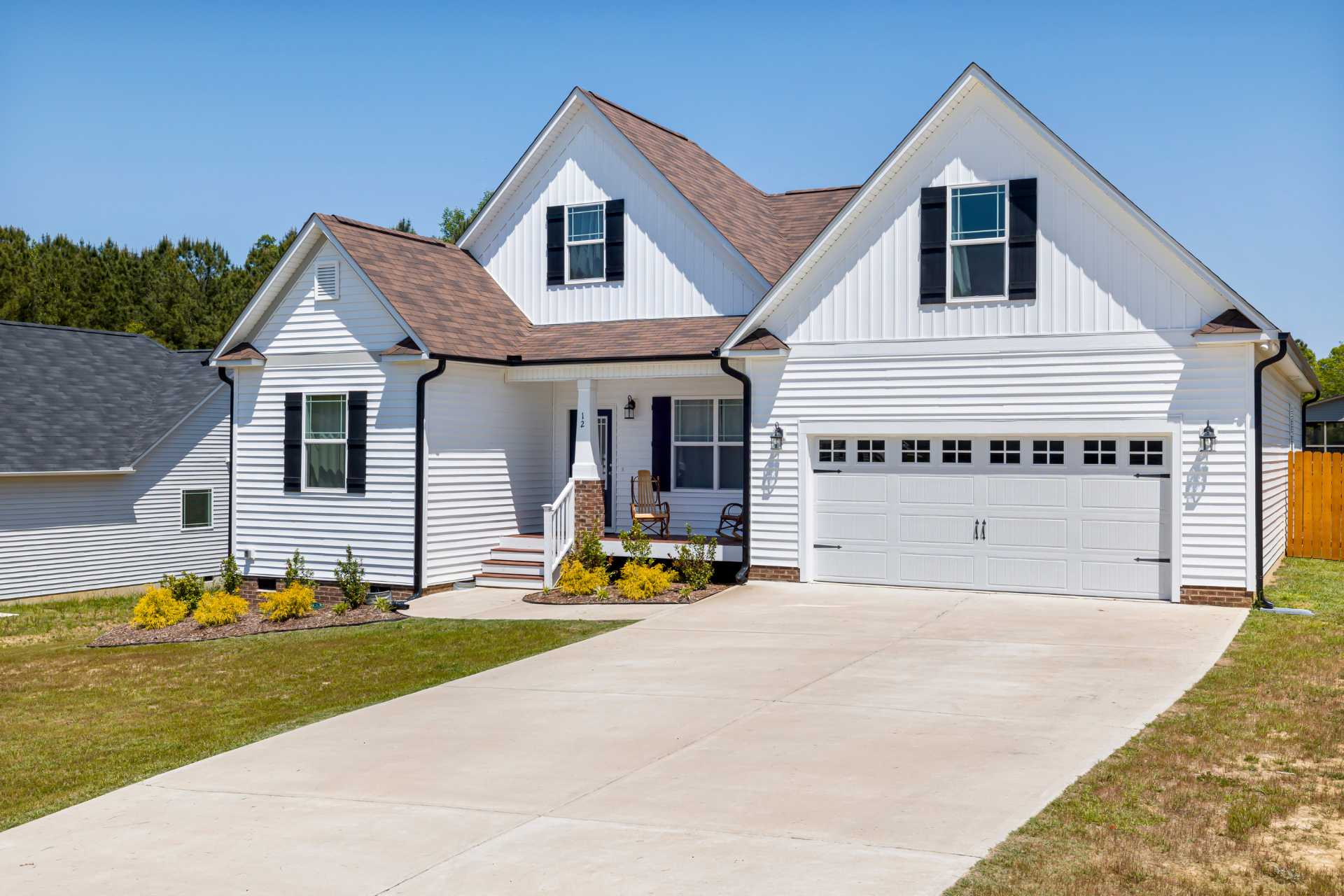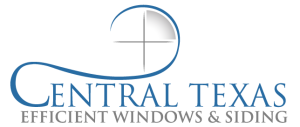
Many homeowners experience the frustration of constantly adjusting the thermostat. Certain rooms might always feel too cold in winter or too warm in summer, regardless of the heating or cooling system’s efforts. Energy bills may also creep higher each year without an obvious explanation. When a home feels drafty or unevenly heated, it is natural to think about furnace repair or maintenance. While keeping the HVAC system in top shape is crucial, homeowners often overlook one of the biggest factors influencing indoor comfort and efficiency—their exterior insulation, specifically the role played by the siding. A professional siding installation with quality materials acts as a powerful, often hidden, barrier. It keeps warmth inside during winter and blocks excess heat during summer, contributing significantly to both thermal and acoustic comfort. This guide explores how modern siding is much more than just an aesthetic upgrade—it is a key component of a home’s insulation system.
Wrapping Your Home in Comfort: How Quality Siding Improves Thermal Performance
Modern siding acts as an additional layer of insulation for the home. This is especially true when installed correctly with an underlayment. Siding featuring integrated foam backing, like insulated vinyl siding, also provides this benefit. Quality siding helps reduce thermal bridging. Thermal bridging occurs when heat transfers more easily through wall studs than through the insulated cavities between them. Siding provides a more continuous layer of protection over the entire wall surface. This minimizes these weak points in the building envelope. This improved barrier significantly reduces drafts. Drafts often seep in around windows, doors, and electrical outlets. A better barrier creates a more airtight structure. This leads to more stable and consistent indoor temperatures year-round.
This enhanced thermal shield directly complements the work of the home’s HVAC system. Quality siding reduces the amount of heat lost in winter and gained in summer. This lessens the workload on the furnace and air conditioner. The system does not have to run as long or as often to maintain the desired thermostat temperature. This results in less wear and tear on expensive HVAC components. It can potentially extend the equipment’s lifespan. This shows how improving one part of the home’s exterior envelope positively impacts internal systems. It also reduces the likelihood of needing premature furnace repair.
The Energy Efficiency Connection: Saving Money Starts Outside
Poorly insulated walls or siding suffering from common siding problems like cracks, gaps, or warping allow expensive heated air to escape easily during winter and allow unwanted heat to enter during summer. This constant energy loss forces the HVAC system into overdrive, essentially meaning homeowners are paying to heat or cool the outdoors. Walls can account for a significant percentage of a home’s overall heat loss, making them a critical area to address for energy efficiency. Installing new, high-performance siding directly tackles this inefficiency at its source, creating a tighter seal and a better thermal barrier.
The reduction in energy consumption translates directly into tangible savings on monthly utility bills. While the initial investment in quality siding can be significant, the ongoing energy savings help offset this cost over time. Furthermore, energy efficiency is a highly desirable feature for homebuyers. Upgrading siding not only improves the home’s current performance but also increases its resale value. It signals a well-maintained, modern property that is less expensive to operate, making it a smart financial decision for both immediate comfort and long-term equity. This focus aligns with growing trends toward siding sustainability and greener home building practices.
The Overlooked Benefit—A Quieter Home with Acoustic Insulation
Beyond thermal comfort, quality siding offers another, often unexpected, benefit: acoustic insulation. The same properties that help siding block heat transfer also help it dampen sound waves travelling from the outside. The density, thickness, and composition of the siding material contribute significantly to its ability to muffle exterior noise. This can make a noticeable difference in reducing disturbances from traffic, neighbours, lawnmowers, construction, or barking dogs, creating a more peaceful and serene indoor environment for occupants.
Different siding materials offer varying levels of sound control. Generally, thicker and denser materials provide better acoustic insulation. For example, insulated vinyl siding, which features a layer of rigid foam insulation fused to the back of the panel, offers superior sound dampening compared to standard, non-insulated vinyl. Fibre cement siding, due to its mass and density, also performs very well in reducing noise transmission. While not always the primary reason for choosing a particular siding, this added layer of acoustic comfort significantly improves the overall quality of life within the home, especially for properties located in busy urban or suburban areas.
Why Professional Installation is Crucial for Performance
Even the highest-quality, most technologically advanced siding will fail to deliver its full insulation benefits if it is not installed correctly. Professional installation ensures the siding becomes part of a complete, integrated system. This includes properly installing the weather-resistant barrier (house wrap) beneath the siding, correctly flashing and sealing around all windows, doors, and penetrations, and ensuring trim and flashing are integrated seamlessly to prevent air and water leaks. These details are critical for creating a truly effective building envelope; skipping them compromises the entire system. Finding ultimate window and siding pairings also relies on this expert integration.
Expert installers understand the science behind building performance. They pay close attention to insulation continuity, ensuring there are no significant thermal breaks where heat can easily pass through the wall assembly. They also use techniques that allow any incidental moisture trapped behind the siding to dry out effectively, preventing long-term problems like mould and rot within the walls. Investing in professional siding installation is, therefore, an investment in the siding’s performance. It guarantees that the homeowner receives the full thermal, acoustic, and moisture-protection benefits promised by the product, protecting both the home and the financial investment.
More Than Just a Pretty Facade
Quality siding, when installed professionally, acts as a crucial layer of insulation for a home, significantly enhancing its overall comfort and efficiency. It works hand-in-hand with the HVAC system, reducing its workload and saving energy. The combined advantages are compelling: improved thermal comfort with fewer drafts and more stable temperatures, significant energy savings leading to lower utility bills, and a quieter indoor environment shielded from exterior noise. If a home feels drafty, rooms are hard to keep comfortable, or energy costs seem too high—even after considering furnace repair—it might be time to look at the home’s exterior armour. Quality siding can transform comfort and energy savings, proving it is much more than just a pretty facade.
